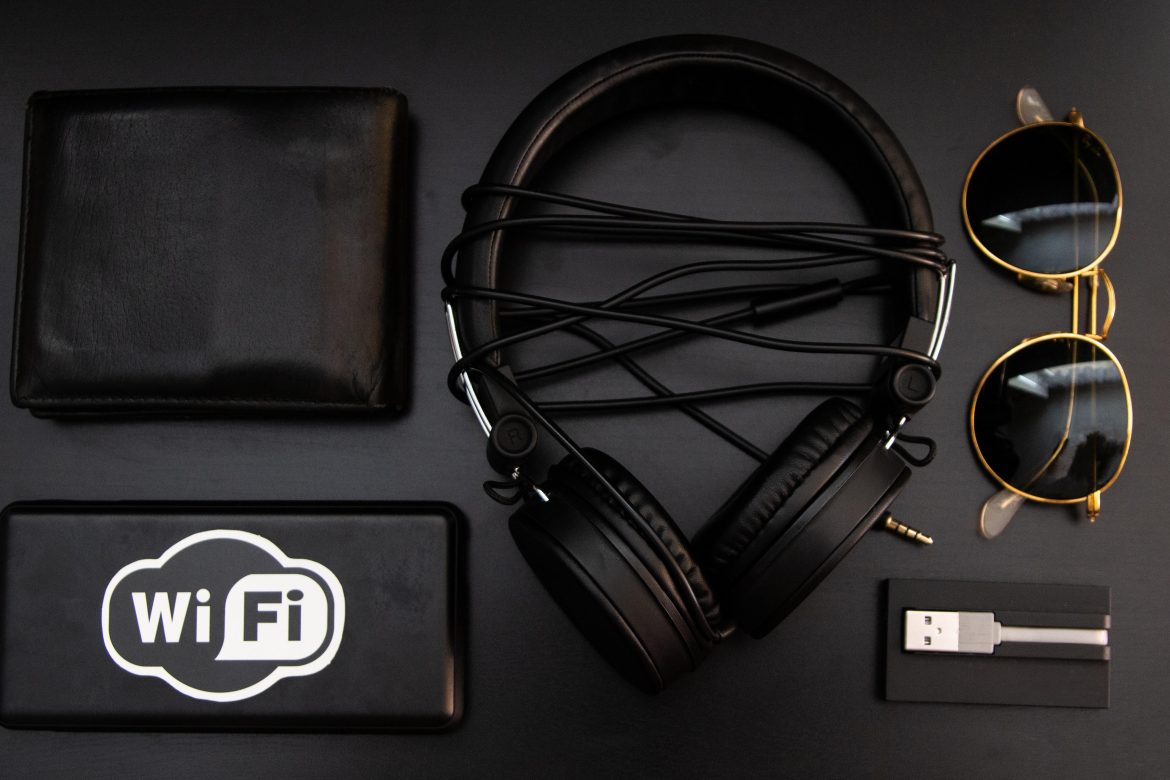Once upon a time, we would walk into a prospective new home and tick the fundamentals off our list. Water pressure? Cracks in walls? Water marks or mould? Double Glazing? Overall presentation?
But now, topping the list of importance, is how good is the broadband? The lack of a decent internet connection is now just as much of a deal breaker as a huge crack in the wall. 1 in 7 people would forfeit a bath in favour of good broadband, and 15% would prefer reliable internet to a garden,
Not only would people refuse to buy a home with unreliable internet, but people would even be willing to pay more for a house that does have fast internet!
It’s unsurprising that home-buyers see internet connection as so vital. With the prevalence of home-working and video calls, plus online streaming and shopping from multiple devices it’s obvious why strong, fast internet is top of the list for prospective house buyers.
How can you make sure you’re getting the best internet connection when buying a new house?
If you’re buying a new build, then you’re in luck. Most new property developers are now making sure that their properties are connected to ultrafast broadband.
Some will even let you choose between the major fibre suppliers with connections ready to go.
But what if you’re not buying a new build?
Most Estate Agents now include an estimate of broadband speed alongside their listings. Geekabit actually have their own service which we offer to Estate Agents which provide just this – An accurate reading of the internet speeds available at a specific property. It’s called SpeedScore – You can read more about it here.
As a homeowner – Or prospective home owner! – It’s important that you’re getting the most accurate information possible when it comes to the reliability of the Wi-Fi at your potential property.
How to secure seamless internet when moving house
Once you’ve chosen your property and are ready to move in – Hopefully having previously checked how reliable the internet connection is – There are a couple of things you can do to make sure you are connected and ready as soon as possible.
- Decide whether or not you are taking your current supplier with you
- Give your current or new supplier as much notice as possible – They usually need at least 2 weeks if you want things ready on your moving date
How are house prices affected by bad internet?
If you are looking at buying a new property, chances are you’re also selling yours! But is your home one of the estimated 466,000 properties that experience bad broadband here in the UK?
If you’re selling a property, it should be obvious that your current internet speeds are going to be just as scrutinised as the potential properties that you’re considering buying.
If you have fast speeds and minimal interruption then your house price is likely to be unaffected by the internet. If, however, your broadband speeds are slow then you could be seeing a horrendous 24% decrease in your property value. With the average property value in the UK being £278,000, that’s a decrease of nearly £67K – Just because of bad broadband.
Generally speaking, it’s more rural properties that are affected by unreliable broadband and slow internet speeds. House prices can tend to be lower in more rural areas too, but will fall even lower if the Wi-Fi offering isn’t up to scratch.
What can you do about it?
Fix the internet problems before you try to sell! If you’re thinking that you can get away with no potential buyers noticing then think again.
Whether you’re in a rural home or not, our Wi-Fi experts here at Geekabit can help make your Wi-Fi woes a thing of the past. There are plenty of options to boost your internet connectivity – From extra devices to mobile 4G/5G broadband. Give us a call to discuss – Our Wi-Fi engineers work out of Hampshire, London and Cardiff and are on hand to get you better connected.
With the recent working-from-home revolution, there has never before been a need as big for fast, affordable, available broadband.




